Mozambique: State to finance 13 audiovisual, cinema productions
As the Island of Mozambique celebrates its anniversary, UNESCO wants to speed up conservation
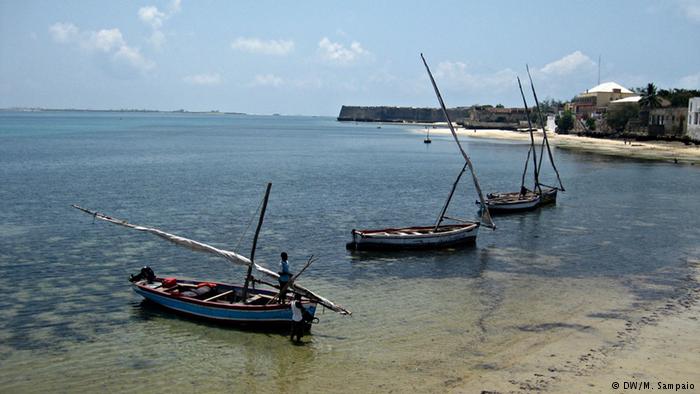
Photo: DW
The Island of Mozambique started celebrating its 200 years of city status on Friday in the run-up to the actual anniversary today, 17 September.
In 1991, the United Nations Educational, Scientific and Cultural Organisation (UNESCO) declared the island a World Heritage Site and, two months ago, called on Mozambican authorities to “promptly” complete updating the island’s conservation and management plan.
The demarcation of a new buffer zone allowing for the protection of underwater archaeological heritage was similarly requested, along emergency stabilisation works at the Old Hospital and the regular maintenance of other public buildings.
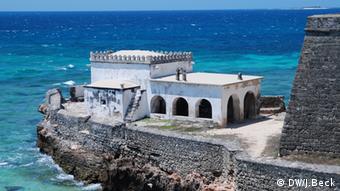
UNESCO “satisfied”
A UNESCO team visiting the island in March declared itself pleased to see some upgrading works going forward, along with the completion of a heritage inventory and a record of the type of construction practised on the island, including traditional building types.
“The state has made progress in the face of the challenges posed,” the team’s report read, although “combining private conservation initiatives with local needs remains a challenge”. The urgent need was for “experts to advise the state to find an appropriate use for the Fortress of St. Lawrence”, after authorities rejected its conversion to an hotel.
In less material aspects, UNESCO warns of growing inequalities and recommends that there be “urgent” improvements in the living conditions of the island’s traditional neighbourhoods, in order to “adapt to the status of historical value for humanity” and educate the population as guardians.
Mozambican historian Professor Aurelio Rocha argues “a requalification project with legs” that respects the “anthropological dimension of the space” is required.
“You only have to look at the people who live on the Island” who may “not understand why the stone heritage is being valued while communities are afforded little attention,” he says.
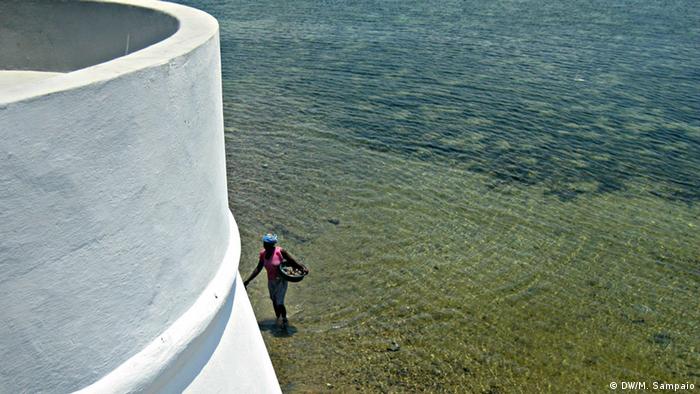
Vasco da Gama arrived at Island of Mozambique in 1498 and established a stopover on the trade route between Portugal and India – and what would become an important slave warehouse. Occupying an area of 245 square kilometres, the island was the first capital of Mozambique, boasting several historic monuments, such as the Fortress of St. Sebastian.
Increase the knowledge about the island
Anthropology professor Aurélio Míria, says Mozambique needs to rethink the importance of the island, which is “the most emblematic of all the monuments the country has”. “We can use the experience of many other countries in the rehabilitation of the island. Tourism gains, though few, can be used to generate some revenue to offset the investment,” he said.
Míria also urges the adoption of content on the island in the country’s school curricula, given the widespread “profound ignorance about its historical importance.”

Portugal has been one partner in the preservation and rehabilitation of historical and cultural heritage, with the Portuguese Cooperation Cluster on the Island of Mozambique allocating a million Euros for the second implementation phase, 2015-2018.
In the context of the bicentennial celebrations, Portugal has organised a total of seven exhibitions throughout the year, both on the island and in Maputo, and is planning to organise two further seminars, as well as producing two documentaries and launching various activities related to citizenship and good curatorial practice.
“The island comprises a unique heritage asset and this is our contribution to its celebration. We will continue to cooperate with the authorities in enhancing this historic site, both for Mozambique and for Portugal’s sake,” said Patrícia Pincarilho, cooperation counsellor at the Portuguese embassy in Mozambique.
- Read the full UNESCO Reactive Monitoring mission to Island of Mozambique report HERE
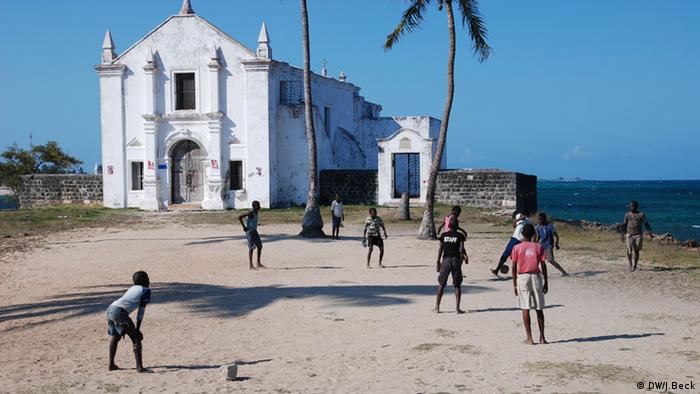
Vehicles banned
Local authorities banned private vehicles on the island from Friday and laid on special public transport to facilitate the free movement of people during the bicentenary commemorations.
The Mozambican Information Agency (AIM) reports that island hotel units have around 300 beds on offer, a number expected to rise as residents respond to the celebration organisers plea for them to make more tourist accommodation available.
The party programme serves as a reminder that the island is a place where cultures have always met throughout history. Tufo, N’sope and Nsirriputi were among the dance styles performed at the opening show on Friday evening, with 11 groups of dancers directed by Mozambican choreographer and dancer Pérola Jaime.
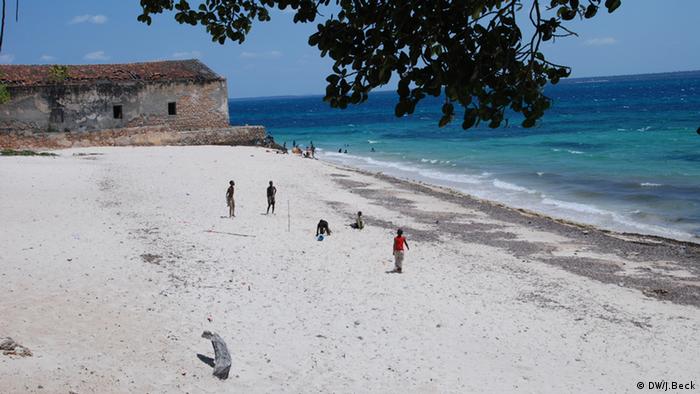









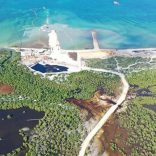


Leave a Reply
Be the First to Comment!
You must be logged in to post a comment.
You must be logged in to post a comment.